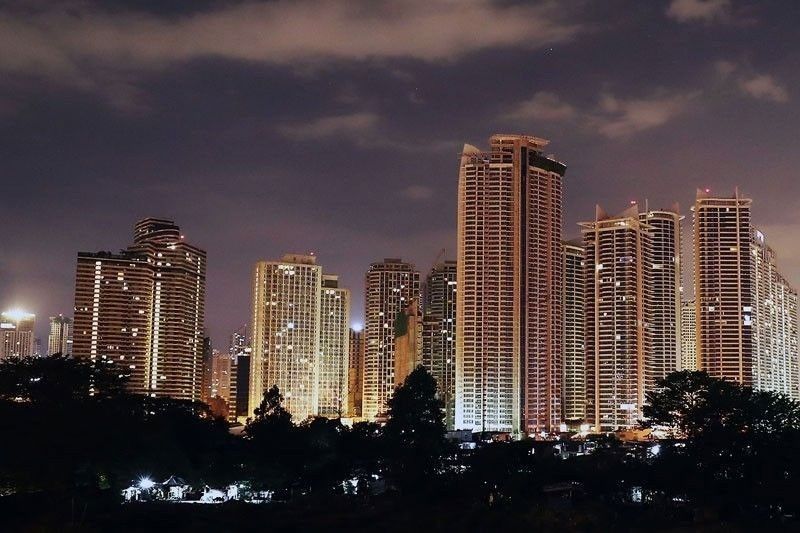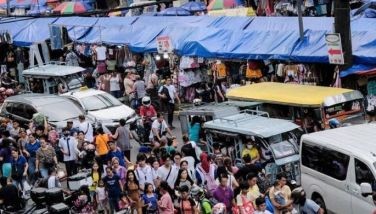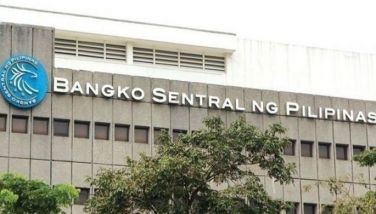Economic contraction in Q2 worse at 16.9%

MANILA, Philippines — Economic output in the second quarter was found to have declined at a faster rate of 16.9 percent from preliminary estimates of 16.5 percent, the Philippine Statistics Authority (PSA) reported yesterday.
The downward revision to the headline gross domestic product (GDP) in the second quarter was made on account of faster declines realized in the real estate sector, sale and repair of motor vehicles, and financial and insurance services.
Growth in Net Primary Income (NPI) from the rest of the world was revised upward to a slower decline of 21.7 percent from a contraction of 22 percent, while Gross National Income (GNI) was revised downward to a faster decline of 17.3 percent from a contraction of 17 percent.
The country slipped into a recession in the second quarter of the year, the first in 29 years, after a months-long severe lockdown crippled economic activity.
It was only in June when community quarantine restrictions were loosened nationwide, but even then many businesses – especially small ones – have already sustained permanent damage, forcing them to close down for good.
In August, however, Metro Manila and surrounding growth areas were placed under a strict community quarantine again for two weeks just when surviving businesses had reopened and enforced public health measures to cope with the pandemic.
After the lifting, Metro Manila remained under General Community Quarantine, the less severe quarantine tier under which more businesses were allowed to operate at slightly increased capacities.
With the gradual reopening of more sections of the economy since then, economic output in the third quarter is expected to have improved coming from the second quarter performance, but is widely expected to remain on the decline.
The government has since then committed to ensure the continued, but gradual reopening of the economy to recover from the pandemic-induced slump.
Among the recommendations put forward by the economic team before the Cabinet some three weeks ago is to change the pandemic response from total risk avoidance to risk management, taking into consideration that majority of the COVID-19 cases in the country have mild symptoms or are asymptomatic and the death rate is low.
This means ensuring hospitals are well-equipped and deaths are limited to a manageable level by protecting the most vulnerable sectors.
Escalation of community quarantine level should also only be used as a last resort. If the number of positive cases are rising, the current quarantine tier may be retained, but health protocols must be tightened and localized quarantines be imposed instead of locking down whole regions.
“The economy is strong enough to recover,” said Acting Socioeconomic Planning Secretary Karl Chua in a briefing yesterday.
“The more important one that we immediately need to work out is the policy shift from total risk avoidance to risk management. The idea of the economic team is instead of limiting the total COVID-19 cases at the expense of everyone’s livelihood and welfare, we manage the severe and critical cases.”
Further tightening community quarantines will also be expensive for the government in terms of the provision of subsidies and it also likely to cause other health problems among the population.
Lowering quarantine levels in communities, however, is not a guarantee that economic activity would be accelerated, especially if there is no sufficient and safe public transportation for workers, said Chua.
In the National Capital Region (NCR), for instance, a shift to the less strict Modified General Community Quarantine (MGCQ) will “hardly improve the economy” because of insufficient public transportation.
Only about 65.4 percent of Metro Manila’s workers have returned to work to power only 45.9 percent of the region’s economy that is effectively open.
- Latest
- Trending






























